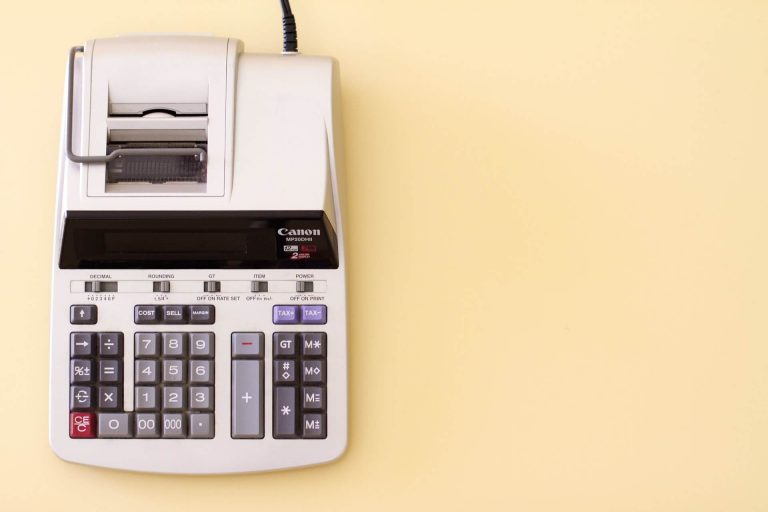Tax concessions for small businesses have changed drastically due to Covid-19. We’ve compiled a list of changes from the ATO to help you navigate your small businesses taxes in 2020:
These are the major small business tax changes in 2020 we will be covering:
- Simplified depreciation rules – instant asset write-off
- Backing business incentive – accelerated depreciation
- Accelerated depreciation for primary producers
- Lower company tax rate changes
- Expanded access to small business concessions
- Increased small business income tax offset
Simplified depreciation rules – instant asset write-off
From 12 March 2020 until 31 December 2020, the instant asset write-off:
- threshold amount for each asset is $150,000 (up from $30,000)
- eligibility has been expanded to cover businesses with an aggregated turnover of less than $500 million (up from $50 million).
This is a further change to the one that occurred on 2 April 2019 when the instant asset write-off eligibility was expanded to include businesses with a turnover from $10 million to less than $50 million.
So, if you are a small business (with a turnover of less than $10 million) and you have chosen to use the simplified depreciation rules, you must use instant asset-write off.
From 1 January 2021, the instant asset write-off will only be available for small businesses with a turnover of less than $10 million and the threshold will be $1,000.
Backing business investment – accelerated depreciation
From 12 March 2020 until 30 June 2021, the Backing business investment measure provides a time-limited (15-month) investment incentive to support business investment and economic growth by accelerating depreciation deductions. The key features of the incentive are as follows:
- The benefits are either:
- If you are using the simplified depreciation rules for small business, you can claim 57.5% of the cost of the asset in the first year you add the asset to the small business pool
- For those assets that cost more than the instant asset write-off threshold
- If you are not using the simplified depreciation rules for small business, you can claim a deduction of 50% of the cost or opening adjustable value of an eligible asset on installation
- Existing depreciation rules apply to the balance of the asset’s cost.
- If you are using the simplified depreciation rules for small business, you can claim 57.5% of the cost of the asset in the first year you add the asset to the small business pool
- Eligible businesses — businesses with aggregated turnover below $500 million.
- Eligible assets — new depreciating assets (for example, plant, equipment and specified intangible assets, such as patents). The assets must be first held, and first used or first installed ready for use for a taxable purpose on or after 12 March 2020 until 30 June 2021. Some exclusions apply.
Accelerated depreciation for primary producers
Fodder storage
You can claim a deduction for the full cost of a fodder storage asset, if you:
- incurred the expense either
- on or after 19 August 2018
- before 19 August 2018 and it was first used or installed ready for use on or after 19 August 2018
- mainly use it to store fodder
- use it in a primary production business on land in Australia – even if you are only a lessee of the land.
Fencing and water facilities
From 7.30pm AEST 12 May 2015, primary producers can immediately deduct the costs of fencing and water facilities.
Lower company tax rate changes
2018–19 income year
From the 2018–19 income year, a company must be a base rate entity to be eligible for the lower 27.5% company tax rate.
A company is a base rate entity if both of the following apply:
- they have a turnover less than the turnover threshold – which is $50 million for the 2018–19 income year
- 80% or less of their assessable income is base rate entity passive income (such as interest, dividends, rent, royalties and net capital gain).
Increased small business income tax offset
You can claim the small business income tax offset if you either:
- are a small business sole trader
- have a share of net small business income from a partnership or trust.
From the 2016–17 income year, the small business income tax offset:
- increased to 8%, with a limit of $1,000 each year
- applies to small businesses with turnover less than $5 million.
The tax offset increases to 13% in 2020–21 and to 16% from the 2021–22 income year.
Expanded access to small business concessions
More businesses are now eligible for most small business tax concessions.
From 1 July 2016, a range of small business tax concessions became available to all businesses with turnover less than $10 million (the turnover threshold). Previously the turnover threshold was $2 million.
The $10 million turnover threshold applies to most concessions, except for:
- the small business income tax offset, which has a $5 million turnover threshold from 1 July 2016
- capital gains tax (CGT) concessions, which continue to have a $2 million turnover threshold.
The turnover threshold for fringe benefits tax (FBT) concessions increased to $10 million from 1 April 2017.




